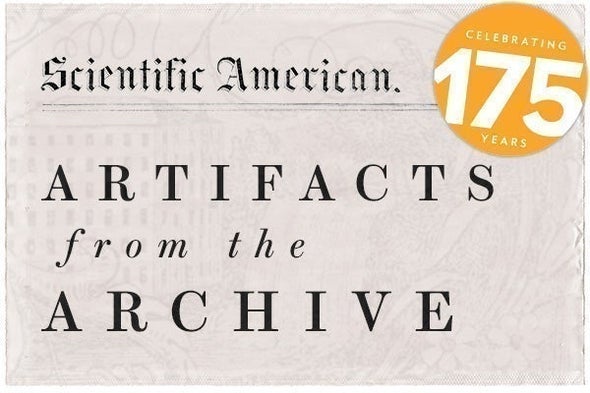
Barbarians Worshipped Meteorites in Pagan Temple
Originally published in September 1899
“Excavations by M. Gauckler in the ancient city of Carthage, underneath a Roman house dating to the time of Constantine, have revealed a pagan temple. In a remote corner of the hall there was found fastened against the wall a large slab of white marble bearing a dedication to Jupiter Ammon, identified with the sylvan god whom the barbarians adore. At the foot of this dedication was a white marble head of a votive bull carrying between its horns a crescent with an inscription dedicated to Saturn, and a score of granite baetyls [sacred meteoritic stones] and stone balls of a votive character.”
—Scientific American, September 1899
More gems from Scientific American’s first 175 years can be found on our shiny anniversary page.